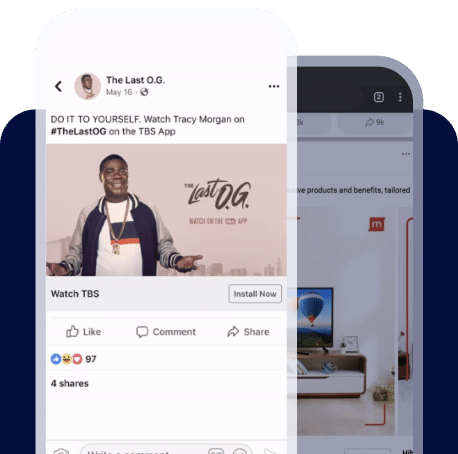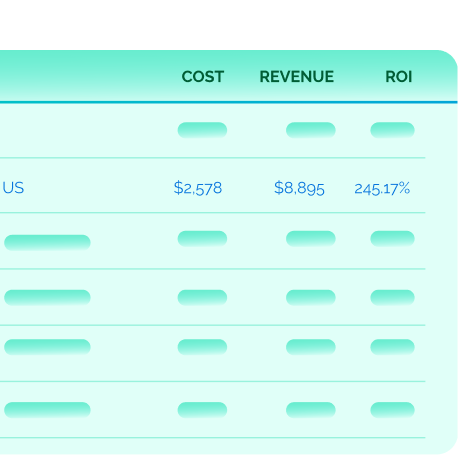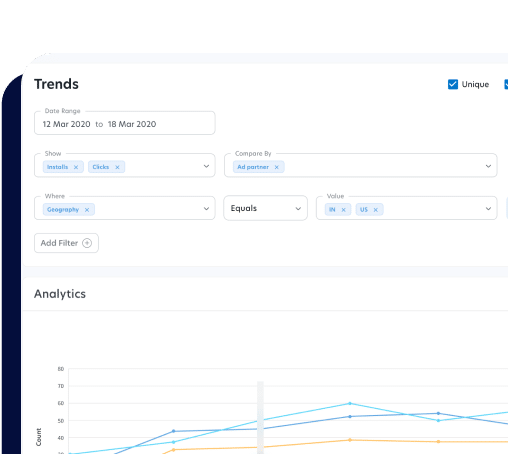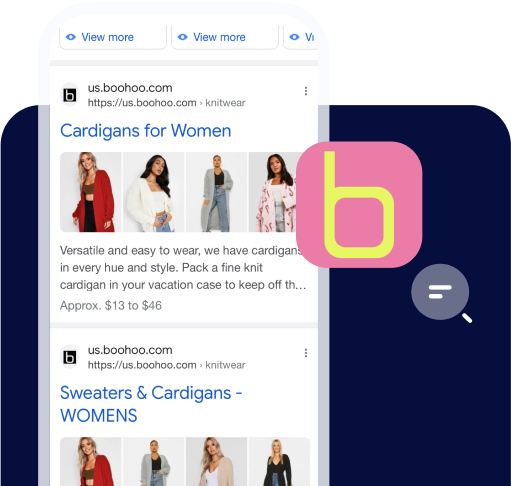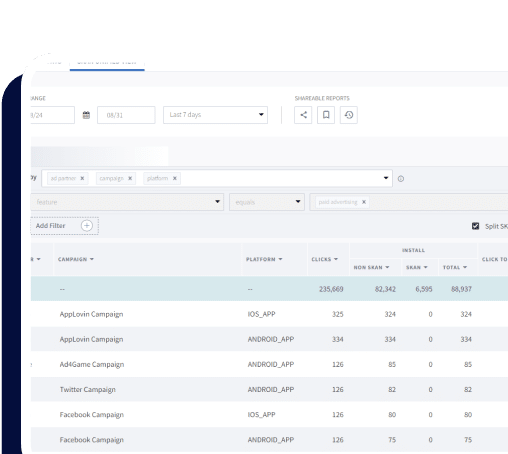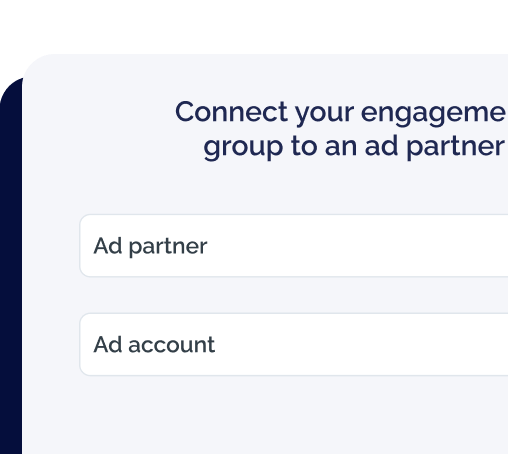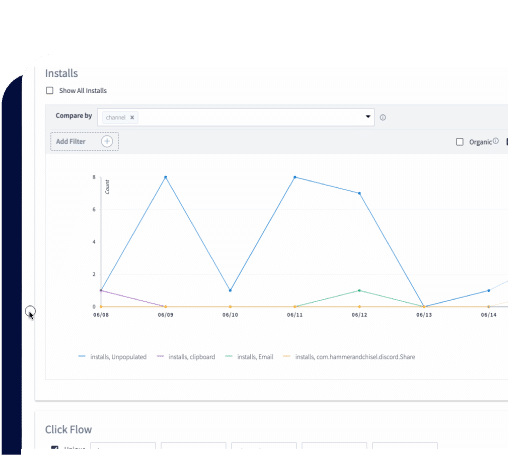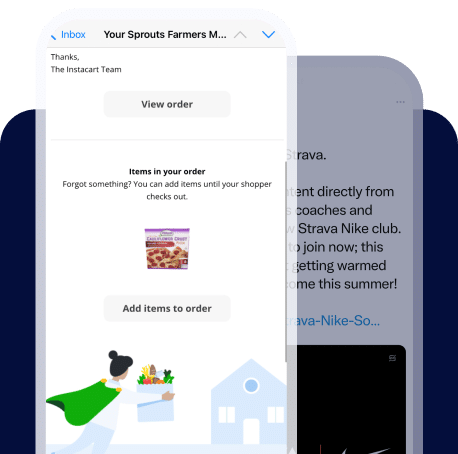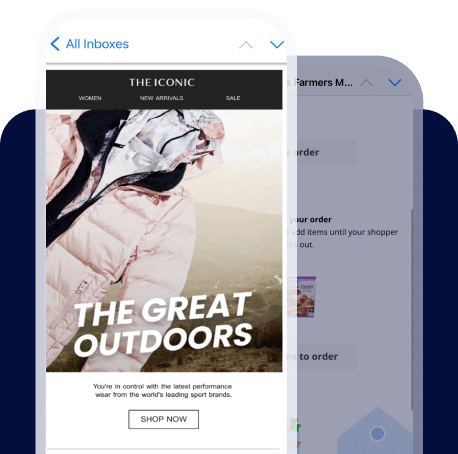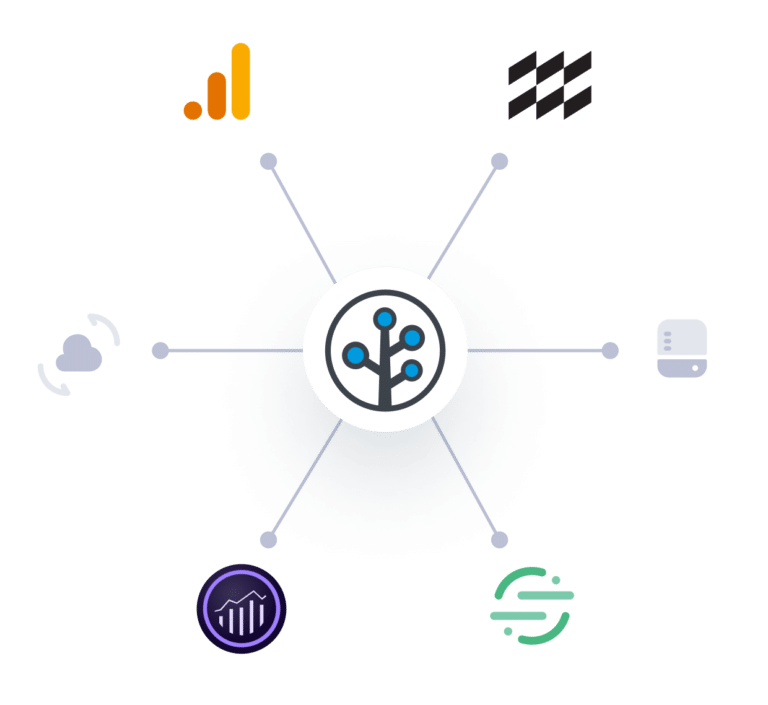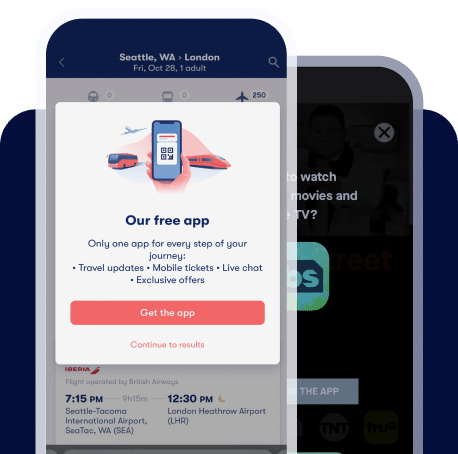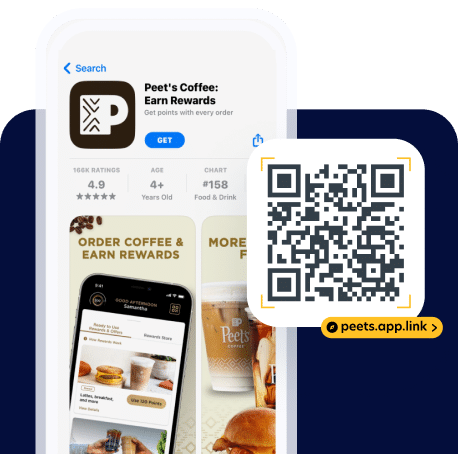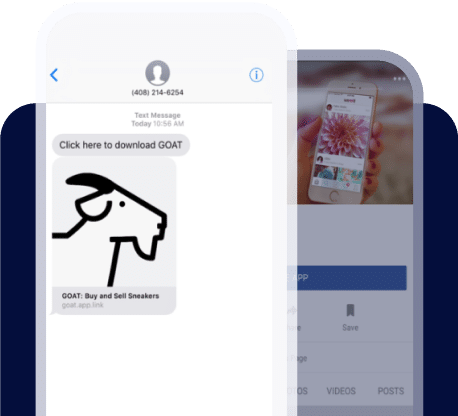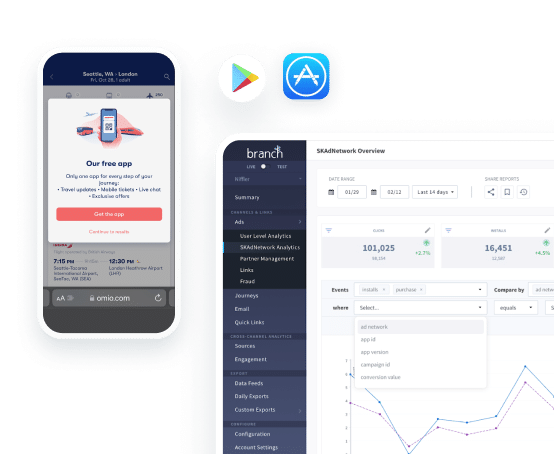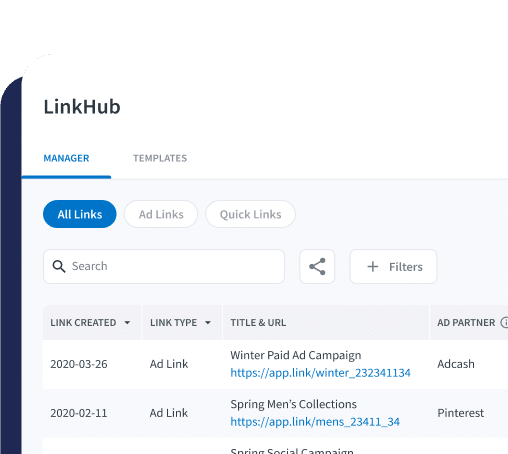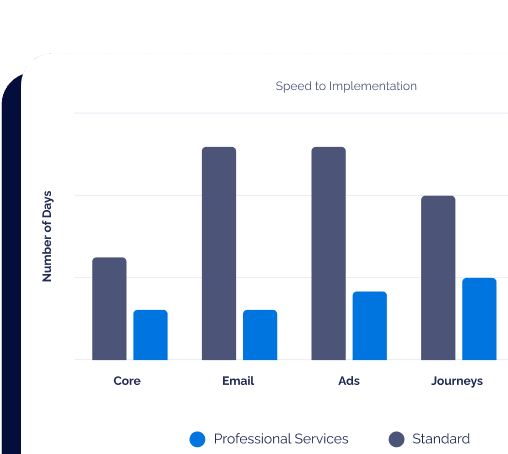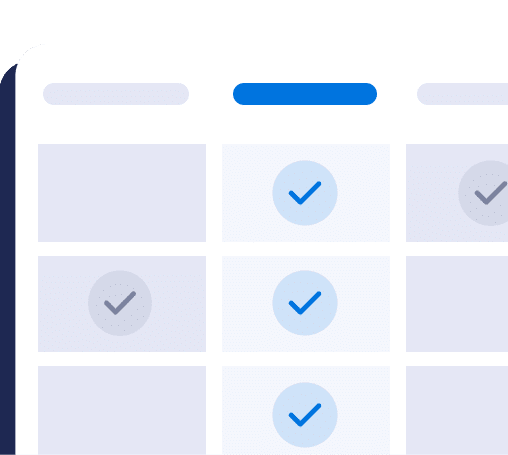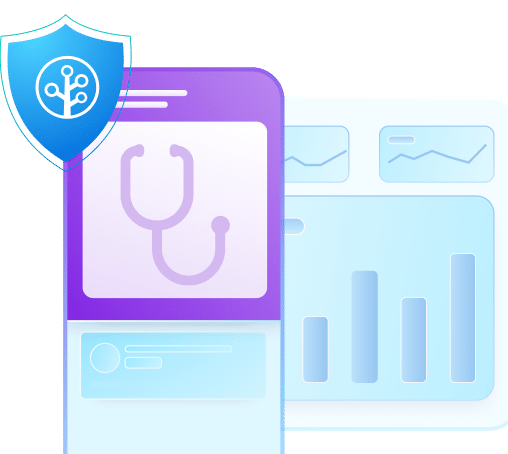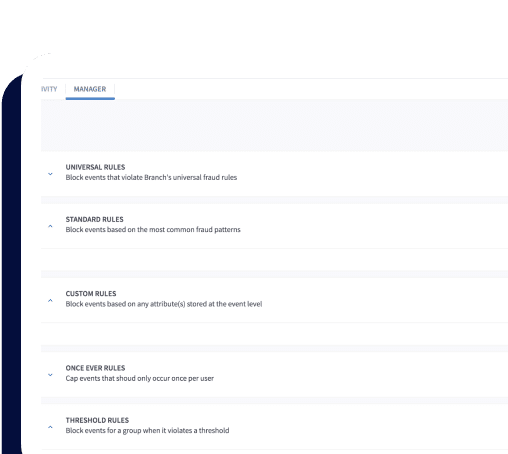In the ever-evolving landscape of mobile app development and marketing, having the right partner can make all the difference. In this article, I interviewed Sukanya Sur, content marketing manager at AppTweak, a data-driven marketing partner and a leading ASO tool helping brands achieve mobile growth, to explore app install strategies tailored for Europe, the Middle East, and Africa (EMEA).
We’ve combined Branch’s expertise with AppTweak’s insights to offer actionable approaches for maximizing your app’s reach and impact in this dynamic market. Enjoy!
— Itay Droog, Business Development Director at Branch
1. The EMEA app scene is a diverse beast — Europe, the Middle East, and Africa are all very different. How should mobile growth leaders approach app store optimization (ASO) given this diversity?
This diversity of cultures and market requirements across EMEA presents unique challenges and opportunities in app store optimization (ASO). Compared to other regions, acquiring app installs in EMEA requires a more localized approach.
It’s important to localize your app metadata and creatives to each specific market, considering language differences, cultural nuances, and local search behaviors. This means using relevant local keywords, cultural references, and even optimizing your listing to highlight the features that resonate most with local users. Users in different markets tend to have a preference for a certain feature of your app over others.
For example, with localization insights in AppTweak’s Creatives Explorer, we found Photoshop Express has successfully tailored its app store screenshots for France, Germany, and Japan. Each version features local models, cultural elements, and landmarks unique to its region, making the app more appealing to native users.
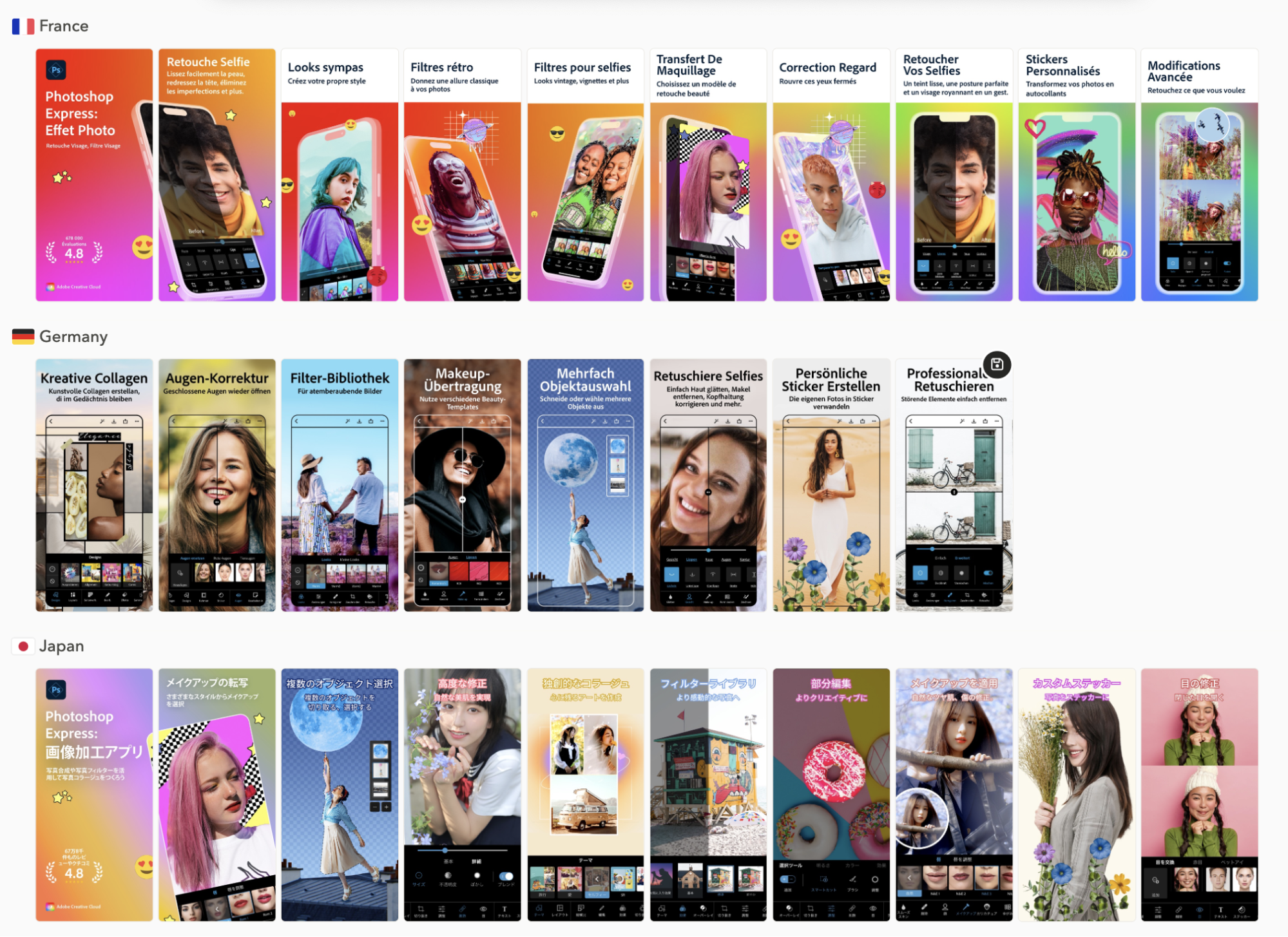
Different countries and regions also honor and celebrate unique events that can be leveraged in the app stores. For instance, Middle Eastern countries could incorporate Ramadan-related features in their metadata and creatives during the holy month to boost user engagement.
In another example, Shein highlighted Ramadan sales within its screenshots and thoughtfully chosen background colors — orange and violet — to effectively capture the festive spirit.
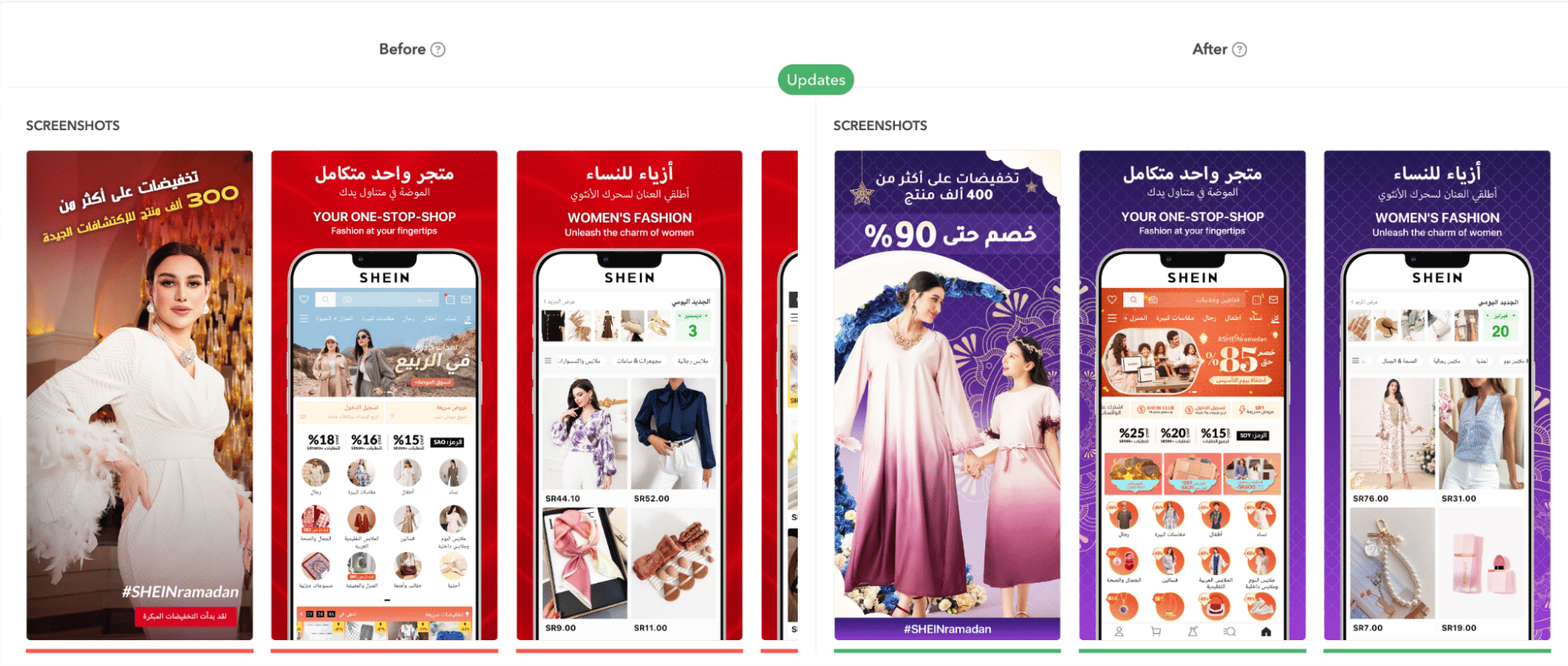
Unlike more homogeneous markets, EMEA’s diversity means there’s no one-size-fits-all approach to ASO and app marketing. But this also opens up opportunities to innovate and capture niche markets by being more attuned to local preferences.
Here are two tips for effectively implementing your localization strategy:
- Tailor app metadata: Customize keywords and visuals to reflect local languages and cultural nuances. For example, Spotify strategically localizes its app title on the App Store based on the preferences and search behaviors of users in different regions. In Turkey, for instance, keywords like “müzik dinle” (listen to music) and “müzik indir” (download music) have higher search volumes with scores of 72 and 65, respectively, compared to “podcast’ler” (podcasts), which has a search volume of only 5. So, Spotify adapts its title for the Turkish market to “Spotify: Müzik dinle ve indir” to better align with local search trends.Spotify also customizes its offerings by focusing more on its music library in Turkey, where its podcast collection may not be as extensive as in English-speaking countries. This allows it to better connect with Turkish users by highlighting content that resonates more strongly with their preferences.

- Conduct market-specific A/B testing: This helps with understanding what appeals to different audiences. You can A/B test icons, screenshots, preview videos, or keywords in different regions to identify which ones drive more downloads in each region. For example, Sonic Forces – Running Game has used different A/B tests for its app icon in Germany and France. In Germany, the icon celebrated the game’s sixth anniversary, aiming to connect with fans’ nostalgia. In France, the icon showed Sonic in action, focusing on the excitement of the gameplay.

2. What are the most effective app install channels in EMEA, and how should mobile growth leaders prioritize them? Do certain channels work better than others in specific countries or regions?
Navigating the dynamic and diverse EMEA region for app installs requires a strategic approach, taking into account the unique characteristics and preferences of each market within the region. Given the complexity and variance in what works across different countries, it’s essential to prioritize and adapt your app install strategies accordingly.
- Expand your presence with social media ads: Platforms like Facebook and Instagram offer unparalleled targeting capabilities. According to Statista, Facebook and Instagram are among the leading social media platforms for advertising and marketing in Europe, with Facebook often cited as the platform with the highest return on investment (ROI) for marketers worldwide. Instagram also commands a significant presence in the social media advertising landscape, particularly in the Middle East. For example, a mobile game targeting young adults in the Middle East might leverage Instagram, using vibrant, action-packed creatives that resonate with the gaming community there. On the other hand, a finance app in Europe might find more traction on Facebook, targeting professionals with more informative and trust-building content.
- Leverage Search Ads to target high-intent users: Given the high intent of users searching in app stores, leveraging Search Ads is pivotal for capturing their attention at the moment they are most interested.
For example, Apple Search Ads perform exceptionally well in Western European markets such as the U.K. and Germany, where there is a high penetration of iOS devices. This success can be attributed not only to the substantial market share but also to the affluent consumer base in these regions, which is more likely to engage with paid apps and in-app purchases. Tailoring your keywords and ad creatives to match local languages and search behaviors becomes crucial in these scenarios. This involves an in-depth understanding of cultural nuances and preferences, ensuring that your app not only appears in search results but also resonates with the target audience. By optimizing for specific local markets, developers can significantly increase their app’s visibility and engagement, leading to higher download rates and more successful app marketing campaigns. - Focus on content marketing and SEO: Content marketing and SEO involve the creation of valuable, tailored content that aligns with the interests and search behaviors of your target demographic in specific EMEA countries. This includes a deep understanding of the cultural nuances and preferences within different regions. For instance, in areas with a high interest in fitness and wellness, a health app could significantly benefit from publishing localized content that offers health tips, dietary advice, and wellness strategies that resonate with local audiences. By leveraging local keywords and phrases that are popular within these communities, brands can dramatically improve their visibility in organic search results, making it easier for potential users to find and engage with their content.
3. Data privacy is a hot topic everywhere, and EMEA has its own set of complex regulations. How do you recommend navigating the regulation labyrinth to ensure app install strategies are compliant across all these different countries?
Navigating the regulatory landscape of the EMEA region, with its data privacy laws and regulations, necessitates a strategic and well-informed approach to ensure compliance.
Begin by gaining a thorough understanding of key regulations such as the EU’s General Data Protection Regulation (GDPR), the UK’s Data Protection Act, and any local data protection laws in Middle Eastern and African countries. Each set of regulations has its nuances, from consent mechanisms to data subject rights, and understanding these is crucial.
In the Middle East and Africa, it’s essential to respect Muslim cultural and religious norms. For instance, referencing alcohol or pork products can be sensitive subjects. The restrictions on alcohol sales and advertising during the FIFA World Cup in Qatar are a clear example of this. Also, it’s important to remember, in North Africa and the Middle East, there are strict laws about what can be said regarding government policies, so content critical of government policies frequently faces censorship.
Next, ensure your app and marketing strategies adhere to principles of data minimization, purpose limitation, and transparency. Only collect data that is essential for your app’s functionality or your marketing needs, clearly communicate how you intend to use this data, and secure explicit consent from users where required.
Finally, make sure everyone involved in your app’s development and marketing, including third-party partners, is well versed in relevant privacy regulations and understands their role in maintaining compliance.
4. Looking into user behavior, we know, for instance, people in Berlin might use apps differently than folks in Dubai. How would you leverage data and analytics to understand these varying user patterns and optimize your app install campaigns for each country?
The first step in understanding varying user patterns is to gather comprehensive data. This can be achieved through several means:
- Data from MMPs: Mobile measurement partners (MMPs) serve as essential third-party data tracking tools for app developers and marketers, providing deep insights into user engagement with marketing campaigns and app interactions. By leveraging MMPs, marketers can efficiently track and analyze important metrics such as user behavior, retention rates, and sources of user acquisition.
- Market research: Marketers can also conduct market research to understand the demographic, psychographic, and behavioral characteristics of their target audience in each region.
- Competitor analysis: Similarly, monitoring competitor launches, metadata updates, reviews and ratings, and social media strategies can provide valuable data insights.
Once you’ve gathered data, the next step is to analyze it for actionable insights:
- Behavioral patterns: Identify patterns in how users in different markets interact with your app. For example, users in Berlin might prefer using your app during their morning commute, while users in Dubai might show higher engagement rates in the evenings.
- Feature preferences: Determine if there are particular features of your app that are more popular in one region over another. Perhaps, users in Berlin favor a social sharing feature, while users in Dubai engage more with in-app purchases.
- Cultural nuances: Pay attention to cultural nuances that could affect app usage. For instance, the weekend in Dubai is Friday and Saturday, unlike in Berlin, where it’s Saturday and Sunday. This could impact the timing of push notifications or promotional campaigns for your app.
With a deep understanding of user behavior, you can now tailor your app install campaigns for each country:
- Customized messaging: Create marketing messages that resonate with the local culture and user preferences. If, for example, Berlin users are environmentally conscious, highlight eco-friendly aspects of your app in campaigns targeted at this market.
- Optimized timing: Schedule your marketing activities based on the peak usage times identified in your data analysis. Launching a campaign on Thursday evening in Dubai, for instance, might be more effective than the same campaign launched on a Friday morning.
- Feature highlighting: To effectively market your app, focus on understanding which features are most popular among your users. Use this valuable insight to refine your app store assets, ensuring they showcase these favored features prominently. In your promotional materials, emphasize the features that are most popular in each region. Use in-app events or promotional content to draw attention to these preferred features.
- Popular content: To create content that truly resonates with your audience across different regions, it’s crucial to analyze and understand their preferences. In the following example, Netflix has tailored its viewing recommendations to cater to the unique preferences of users in Rwanda and Egypt. In Rwanda, where French is a widely spoken language, the app prominently features “Lupin,” a popular French series, among the top recommendations in the first screenshot displayed to users.
On the other hand, for viewers in Egypt, Netflix strategically positions “One Piece” as the highlight in the first screenshot.

5. Lastly, competition in the EMEA app market is fierce! How would you approach crafting app install strategies that help your app stand out from the crowd?
To truly stand out in the highly competitive EMEA app market, starting with a comprehensive competitive analysis is not just helpful — it’s crucial.
- Take a deep dive into competitors’ app keywords, descriptions, and, importantly, user reviews to uncover valuable gaps and opportunities. For instance, if you notice that competitor apps are consistently lacking features that users vocally request in reviews, this is your golden opportunity to differentiate. Focus on integrating and prominently highlighting these sought-after features in your app.
- Improve your app’s visibility with ASO. Research and understand what local users are searching for in the app stores. Use this insight to select keywords that matter most to them, and incorporate these into your app’s title. This not only boosts your app’s visibility in search results but also ensures it resonates with the local audience, leading to better engagement and higher satisfaction. For example, analyzing Fitness App: Gym Workout Plan across Germany, Spain, and Egypt revealed specific keyword trends in each market. In Germany, keyword searches for fitness frequently include “sports,” “training,” and “ernährungsplan” (nutrition plan), indicating a holistic approach to fitness encompassing both exercise and diet. Spanish users more often search for “lose weight” and “home training,” highlighting a focus on weight loss and convenience. In Egypt, “exercises” in Arabic is a popular search term, showing a broad interest in physical activity. Fitness App has effectively enhanced its appeal in Germany, Spain, and Egypt, respectively, by localizing its title with the most searched keywords in these regions, along with optimized screenshots that showcase models in native attire and include cultural elements.

- Adapt your app for local trends and languages to ensure a genuine connection with native users. For example, if your app is designed for users in Spain and France, make sure the keywords, description, and even the app’s content are localized, not just translated.
- Encourage user ratings and reviews to boost your app’s visibility and credibility. An effective strategy for achieving this is by incorporating in-app review prompts that politely remind active users to leave a review. For instance, Duolingo offers personalized progress updates to nudge users toward leaving feedback. This not only makes users more inclined to give feedback but does so during moments of positive user experience, likely leading to more favorable reviews.
- Constantly monitor and adapt your strategies in response to evolving trends and feedback. This is critical to ensure long-term success in the fiercely competitive EMEA app market.
TL;DR
To effectively navigate the diverse and dynamic EMEA market, consider these key strategies:
- Localize your ASO efforts by tailoring app metadata and creatives to specific cultural and linguistic nuances. You could also integrate local cultural events and holidays in your app to enhance engagement and retention.
- Conduct region-specific A/B tests on elements like icons, screenshots, preview videos, and keywords to determine what resonates best with local audiences and optimize conversion rates.
- Use data analytics from MMPs, market research, and competitor analysis to adapt to local user behaviors, ensuring that your app’s features and marketing messages align with regional preferences.
- Expand your presence with targeted social media ads on platforms like Facebook and Instagram, and leverage Search Ads to capture high-intent users with localized keywords and creatives.
- Ensure compliance with local data privacy laws and cultural norms for conducting business ethically across different EMEA regions.
- Perform thorough competitive analysis to identify gaps in the market and user needs, then enhance your app with highly requested features that competitors lack.
- Continuously optimize your app’s visibility through tailored keyword strategies based on in-depth market research, aligning with what local users search for in app stores.
- Encourage and leverage user reviews to boost credibility and visibility, implementing strategies to garner positive reviews and improve your ASO performance.

